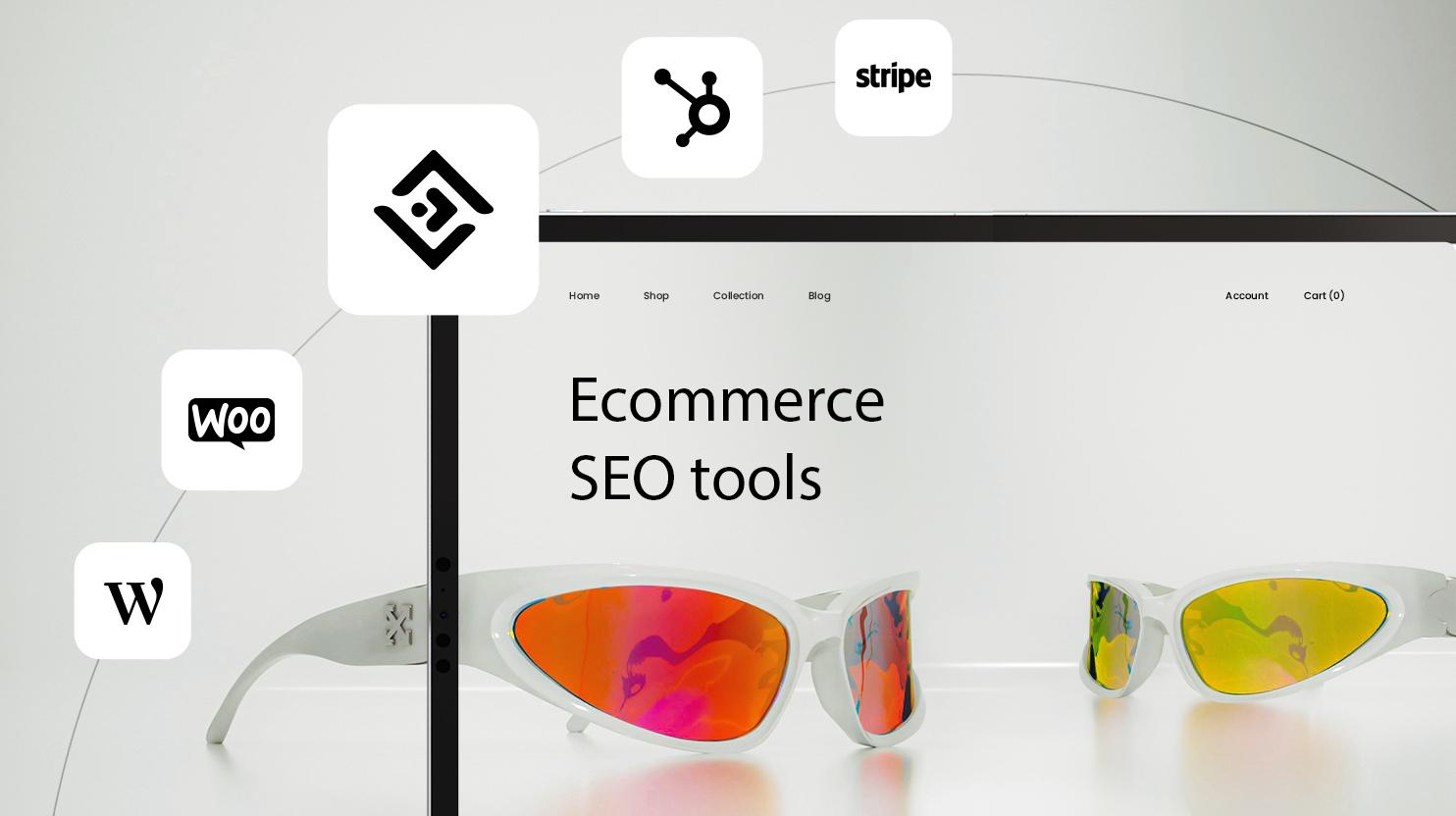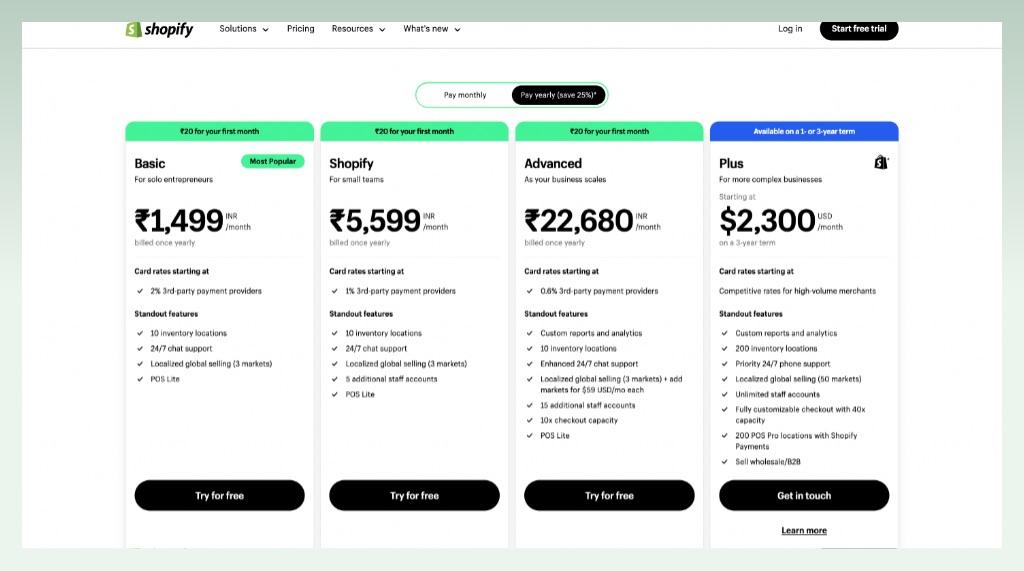In teh fast-paced world of ecommerce, first impressions matter more than ever.When shoppers are browsing online, they can’t touch or feel your products, so the next best thing is high-quality photos that showcase what you have to offer. Think about it: would you be more likely to click “buy” on a product that looks vibrant and inviting, or one that appears blurry and poorly lit? Exactly! Great product photos can be the difference between a sale and a lost opportunity.
In this article, we’re diving into three tried-and-true methods to elevate your ecommerce product photography. Whether you’re just starting out or looking to refresh your online store, we’ll show you how to capture the essence of your products and entice customers to hit that “Add to Cart” button. Let’s get started on transforming your product images from ordinary to remarkable!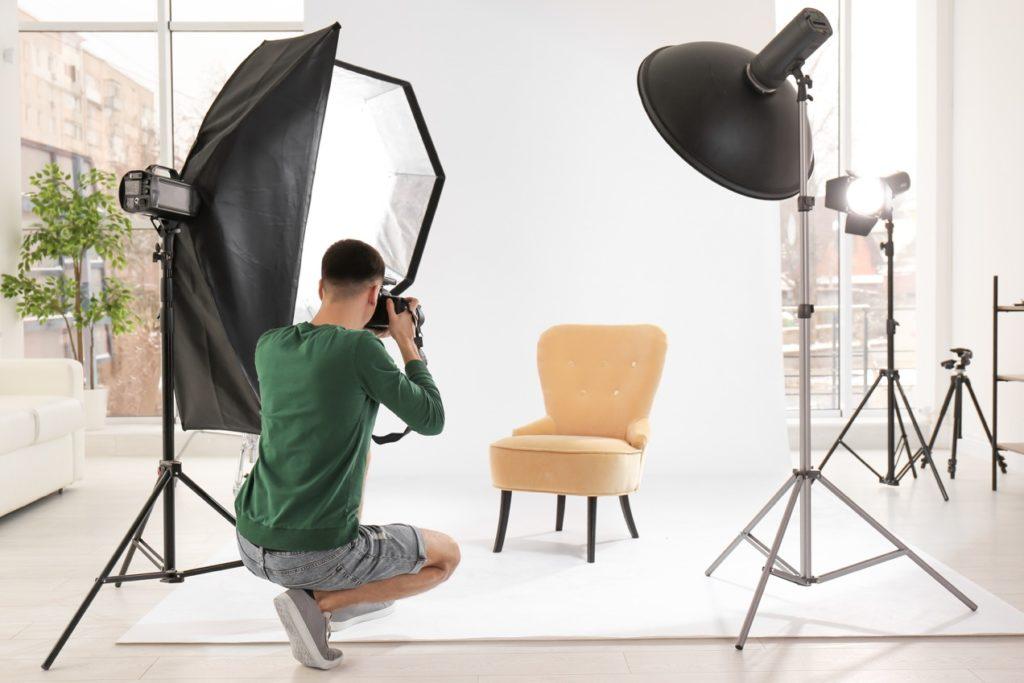
Elevate Your Ecommerce Game with Stunning Product Photography
When it comes to online shopping, the adage “a picture is worth a thousand words” holds especially true. Investing in high-quality product photography can considerably elevate your ecommerce store, making your products more appealing and encouraging potential buyers to hit that “add to cart” button. Hear are some effective strategies to boost your product images and ultimately your sales.
- Natural Light is Your Best Friend: Utilizing natural light can enhance the colors and details of your products. Shoot your photos near a window during the day to create soft, flattering illumination. Avoid harsh shadows by using sheer curtains to diffuse the light.
- Background Matters: A clutter-free,neutral background allows your products to take center stage. Consider using solid colors or simple textures that won’t distract from the item itself. This minimalist approach can create a more professional look and feel.
- Showcase Multiple Angles: Providing various perspectives can help customers get a better understanding of the product. Capture close-ups to highlight textures, and also wider shots to portray the item in context. This not onyl builds trust but also allows customers to visualize how they might use the product.
Additionally, consider investing in a photo editing software to enhance your images after shooting. Fine-tuning brightness, contrast, and saturation can make a world of difference in the final presentation. Remember, the goal is to create a vivid portrayal that accurately reflects the quality of your products. To further streamline your process,here’s a quick comparison of popular editing tools:
| Tool | Features | Price |
|---|---|---|
| Adobe Lightroom | Advanced editing,presets,cloud storage | $9.99/month |
| Canva | User-friendly, templates, drag-and-drop | Free with premium options |
| GIMP | Open-source, great for detailed edits | Free |
don’t underestimate the power of lifestyle photography. Showcasing your products in real-life scenarios can create an emotional connection with your audience. Whether it’s a cozy living space adorned with your home decor items or someone using your latest gadget, these images can tell a story that resonates with potential customers.

Understanding the Importance of First Impressions in Online Shopping
In the world of online shopping, the visual appeal of your products can make or break a potential sale. Customers browsing through countless options are often swayed by what they see first. This means that high-quality product photography is not just an enhancement—it’s a necessity.First impressions matter, and in eCommerce, those impressions are largely created through your images.
To capture the attention of your audience, consider the following tips for elevating your product photography:
- utilize Natural Light: Natural light can enhance the colors and details of your products, creating an inviting and authentic appearance. Aim to shoot during the golden hour—shortly after sunrise or before sunset—for the best results.
- Consistency is Key: Maintain a uniform style across all your product images. This includes using the same background, lighting, and angles. A cohesive look not only reinforces your brand identity but also instills trust in potential customers.
- Incorporate Lifestyle Images: Show your products in real-life situations. Lifestyle images help customers envision how they might use the product, making the shopping experience more relatable and engaging.
Investing time and resources in quality product photos can led to critically important increases in conversion rates. According to recent studies, products with high-quality images are over 70% more likely to be purchased than those with poorly lit or unappealing visuals. To further illustrate this, consider the following comparison of key metrics:
| Metric | High-Quality Images | Poor-Quality Images |
|---|---|---|
| Conversion Rate | 70% | 30% |
| Customer Trust | High | Low |
| Return rate | 15% | 40% |
When potential customers encounter your products, their decision to click ‘add to cart’ often hinges on the first image they see. Make those images count by investing in your photography skills or hiring professionals to showcase your products in the best possible light. Remember,in eCommerce,your product images are not just representations—they’re your brand’s first handshake with the customer.

Master the Art of Lighting for Captivating Product Shots
Understanding lighting is crucial for creating product photos that not only attract customers but also convey the quality and details of your products. poor lighting can lead to shadows, dull colors, and an overall unprofessional look. Here are some tips to enhance your lighting techniques and make your products shine:
- Natural Light: Utilize natural light as much as possible. Shooting near a window during the day provides a soft, diffused light that brings out the true colors of your products. Avoid direct sunlight, as it can cause harsh shadows and overexposed areas.
- Softboxes and Diffusers: If natural light isn’t an option, invest in softboxes or use diffusers to soften artificial light sources. This helps in creating even lighting, which reduces the harshness and allows for better color representation.
- Reflectors: Use reflectors to bounce light back onto your subject. this can help eliminate shadows and enhance details in your product shots. You can easily create a DIY reflector using white poster board or aluminum foil.
Another element to consider is the direction of the light. Lighting from different angles can drastically change the appearance of your product. Front lighting can flatten details, while side lighting can add depth and texture.Experiment with various angles to find the moast flattering look for your items.
To illustrate the effect of different lighting setups, here’s a simple comparison table:
| Lighting Type | Effects |
|---|---|
| Natural Light | Soft, diffused, and vibrant colors |
| Side Lighting | adds depth and dimension |
| Back Lighting | Creates silhouettes and highlights |
Lastly, don’t underestimate the power of post-processing. Even the best photography can benefit from a little touch-up. Adjusting brightness, contrast, and color balance can significantly improve your images. Editing software like Adobe Lightroom or free alternatives can definitely help you achieve professional-looking results without extensive technical skills.
Choose the Right Background to Make Your Products Pop
When it comes to ecommerce product photography, the right background can be a game changer. Think of your product as the star of a movie; it deserves a setting that enhances its features and draws the viewer’s eye.A well-chosen background not only helps your items stand out but also communicates your brand’s aesthetic and values.
Here are some tips to help you select the perfect backdrop:
- Color Contrast: Choose a background color that contrasts with your product. For instance, if you sell bright-colored items, opt for neutral backgrounds like white or gray to let them shine. Conversely, darker products can be showcased against lighter backgrounds for a striking effect.
- texture Matters: consider adding texture to your backgrounds, such as wood grain, fabric, or stone. Textured backgrounds can add depth and interest, making your products visually appealing without overwhelming them.
- Location Context: for lifestyle products, consider using a setting that reflects their intended use. A home decor item might look stunning against a cozy living room backdrop, while outdoor gear could be showcased in a nature-inspired scene.
To illustrate how different backgrounds can impact product presentation,here’s a simple comparison:
| background Type | Best For | Visual Impact |
|---|---|---|
| Solid Colors | Jewelry,Clothing | Sharp and Focused |
| Textured Surfaces | Home Goods,Furniture | Warm and inviting |
| Real-life Settings | Outdoor Gear,Lifestyle Products | Relatable and Aspirational |
Ultimately,your choice of background should align with your brand identity and resonate with your target audience. Experiment with different options to see what best highlights your products while creating a cohesive look for your store. Remember, the right backdrop not only enhances your products but also strengthens your overall brand image.
Utilize Professional Tools for a Polished Look
To elevate your ecommerce product photos, investing in professional tools can significantly enhance your visual presentation. These tools not only simplify the process but also ensure that your images stand out in a crowded marketplace. Here are some essential items to consider adding to your photography toolkit:
- Camera: A DSLR or mirrorless camera offers superior image quality compared to smartphones. The option to change lenses can also provide versatility, allowing for a variety of shots—close-ups, wide angles, and more.
- Tripod: A sturdy tripod eliminates camera shake and allows for better stability, especially in low light conditions. This ensures crisp, clear images, which are crucial for showcasing product details.
- Lighting equipment: softbox lights or ring lights can mimic natural light, reducing shadows and highlighting the product’s features.Proper lighting is key to achieving a professional look.
In addition to the hardware, consider using editing software to refine your images post-shoot. Programs like Adobe Lightroom or Photoshop can definitely help adjust colors, contrast, and sharpness.Even simple tweaks can make a huge difference in how your product is perceived by potential buyers.
Don’t overlook the significance of backdrops and props. A clean, uncluttered background keeps the focus on the product, while suitable props can convey its use in real-life scenarios. As an example, if you’re photographing a kitchen gadget, staging it in a kitchen setting can create a more engaging image.
Lastly,think about consistency across your product images. Using the same tools and techniques for every photo ensures a unified look throughout your store. This cohesive presentation not only builds brand identity but also fosters trust with your customers,making them more likely to purchase.
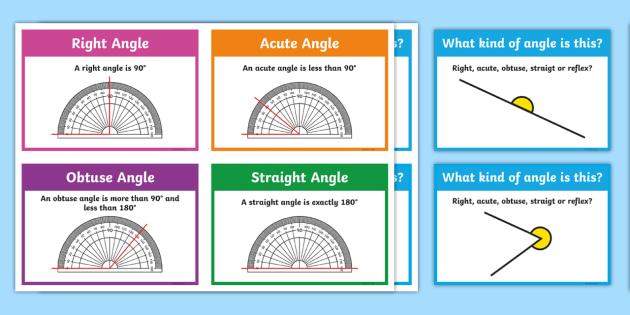
Experiment with Angles to Showcase Every Detail
When it comes to product photography, angles can make or break your images. Experimenting with various perspectives can definitely help highlight the unique features of your products, drawing potential customers in. Instead of sticking to the conventional straight-on shots,why not try shooting from a low angle or capturing the product from above? Each angle can tell a different story and convey different qualities of the item.
Consider using a rotating turntable for a 360-degree view.This technique allows you to capture your product from every angle effortlessly, providing a comprehensive look at its design and texture. Not only does this enhance visual appeal, but it also gives customers a better understanding of what they are purchasing. Plus, it can be especially useful for complex items where detail matters.
Don’t forget about the importance of contextual shots. By incorporating lifestyle images that show your product in use, you can create a narrative that resonates with your audience. As an example, if you’re selling kitchenware, a shot of a beautifully set table can showcase your product’s functionality and style, inspiring customers to envision it in their own homes.
Consider this simple table to help visualize different angles and their benefits:
| Angle Type | Benefits |
|---|---|
| Low Angle | Creates a sense of grandeur and importance. |
| High Angle | Offers a full view of the product’s features. |
| Close-Up | Highlights intricate details and textures. |
| Contextual | Demonstrates use and lifestyle integration. |
remember to play with lighting when changing angles. Natural light can provide soft, flattering illumination, while artificial lighting can create dramatic effects. Adjusting your light source as you shift perspectives will enhance the details and colors of your products, making them even more enticing to prospective buyers. Experimentation is key; don’t be afraid to try different combinations until you find what works best for your store!
Incorporate Lifestyle Images to Connect with Your Audience
When it comes to ecommerce, the visual representation of your products plays a critical role in engaging your audience. Lifestyle images are a powerful tool that can elevate your product photography from standard to exceptional, allowing potential customers to envision your products in their own lives. By showcasing your items in real-world settings, you create a narrative that resonates with buyers.
Think Beyond the Product: Instead of just displaying the product alone, incorporate elements that tell a story. For instance, if you’re selling home decor, show how an item looks in a beautifully arranged living room.This visual context not only highlights the product itself but also inspires customers by demonstrating its practicality and aesthetic appeal in everyday scenarios.
Utilize Models and Real People: Featuring models or everyday individuals using your products can build a genuine connection with your audience. This human touch helps potential buyers relate to your offerings. It’s critically important to choose models that represent your target demographic,as this inclusivity will make your audience feel more seen and understood. Consider the following:
- use diverse models to appeal to a wider audience.
- Showcase different usage scenarios to reflect various lifestyles.
- Highlight customer stories or testimonials alongside lifestyle shots.
Create a Consistent Aesthetic: To establish a strong brand identity, maintain a consistent visual style across your lifestyle images. This could involve using a specific color palette or similar backgrounds. A cohesive aesthetic not only reinforces your brand but also enhances the overall shopping experience. Here’s a simple table to illustrate how different elements can contribute to consistency:
| Element | Consistent Approach |
|---|---|
| Color Scheme | Use a limited palette that complements your brand colors. |
| Lighting | Opt for natural lighting to maintain a warm, inviting feel. |
| Background | Use simple, uncluttered backgrounds to keep the focus on the product. |
By incorporating lifestyle images into your ecommerce strategy,you not only enhance your product presentation but also forge a deeper connection with your audience.This approach not only attracts potential customers but can significantly boost your conversion rates by allowing them to visualize the product in their lives.The right visuals can transform online shopping into a relatable, enjoyable experience, encouraging customers to take that final step towards making a purchase.
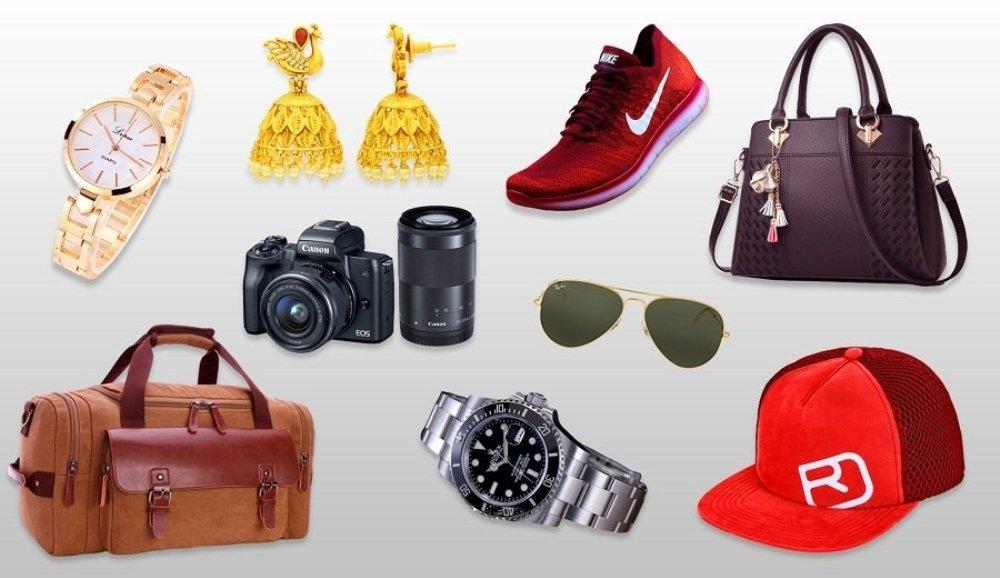
Edit Like a Pro: Tips for Enhancing Your Ecommerce Photos
Enhancing your ecommerce photos is essential for attracting customers and boosting sales. One of the first steps to achieving professional-looking images is to focus on proper lighting. Natural light is your best friend; it can make colors pop and reduce shadows. When shooting indoors,try to position your products near a window during the day to take advantage of soft,diffused light.If natural light isn’t available,consider investing in affordable softbox lights or ring lights that mimic sunlight. This can dramatically improve the quality of your photos.
Next, pay attention to the background of your images. A cluttered or distracting background can take the focus away from your product. Opt for a simple, clean backdrop that complements your item. Here are some effective options to consider:
- Solid Colors: White, black, or pastel shades work well to keep the attention on your product.
- Textures: A soft fabric or wood panel can add depth without diverting attention.
- Outdoor Settings: Natural elements can enhance lifestyle shots, making them relatable and appealing.
Lastly, don’t underestimate the power of editing software. Tools like Adobe Photoshop or free alternatives such as GIMP can definitely help refine your images to perfection. Focus on the following editing techniques:
- Color Correction: Adjust brightness, contrast, and saturation to ensure your product’s colors are accurate and vibrant.
- Cropping: Eliminate unnecessary space around your product to create a more impactful composition.
- Retouching: Remove any blemishes or distractions to present a polished final image.
by mastering lighting, selecting the right background, and utilizing editing tools effectively, you can take your ecommerce product photos from ordinary to extraordinary. Invest the time in these areas, and your images will not only attract more visitors but also convert them into loyal customers.

Gather Feedback to Continually Improve Your Product Photography
To take your product photography to the next level, it’s crucial to gather feedback from various sources. Constructive criticism can be a game changer, helping you identify what resonates with your audience and what doesn’t. Start by engaging with your customers directly through surveys or polls on your website or social media platforms. Ask them specific questions about the images they encounter:
- What do you like most about the product images?
- Is there anything that could be improved?
- Do the images accurately represent the product?
Don’t limit feedback to just your customers; consider reaching out to influencers in your niche. Their experience with product photography can provide valuable insights that help you refine your approach.send them samples of your product images and ask for their honest opinions. This not only strengthens relationships but also positions your brand as one that values quality and improvement.
Another effective method is to analyze engagement metrics from your online store. Use tools like Google Analytics to measure how different product images perform. Look at metrics such as:
| Metric | Description |
|---|---|
| Click-Through Rate (CTR) | Percentage of users who click on a product after viewing its photo. |
| Bounce Rate | Rate at which visitors leave the page without engaging further. |
| Conversion Rate | Percentage of visitors who make a purchase after viewing product images. |
By focusing on these metrics, you’ll be able to pinpoint which images are accomplished in converting views into sales. This data-driven approach allows you to make informed decisions about future photography styles and techniques.
Lastly, consider creating a focus group with a select group of loyal customers. Invite them to review your product images and provide feedback in a more intimate setting. Use this opportunity to showcase different styles and ask them which they prefer and why. This not only fosters community engagement but also helps you create a tailored photographic strategy that speaks directly to your target audience’s preferences.
Frequently Asked Questions (FAQ)
Q: Why are product photos so important for my ecommerce store?
A: Great question! Product photos are essentially the first impression customers get of your items. High-quality images help build trust and can significantly influence buying decisions. When customers can see clear,detailed photos,they feel more confident in what they’re purchasing,leading to higher conversion rates.
Q: What is the first way to improve my product photos?
A: the first way is to invest in good lighting! Natural light is your best friend for ecommerce photography. Try to shoot your products near a window during the day. If that’s not possible, consider getting some softbox lights or ring lights. Good lighting reduces shadows and highlights the features of your products, making them look more appealing.
Q: I’ve heard about backgrounds playing a role in product photos. How does that work?
A: Absolutely! The background can either enhance or distract from your product. A clean, neutral backdrop—like white or light gray—allows the product to stand out.You can also use textured backgrounds to add some character, but make sure they don’t compete with the product itself. A cohesive background will create a professional look and help maintain brand consistency.
Q: What about the angles and editing? Do they really matter?
A: Yes, they do! Taking photos from multiple angles gives customers a better sense of the product. Make sure you capture the key features—like close-ups of textures or unique details. Once you have your shots, don’t skip editing! Basic adjustments like brightness, contrast, and cropping can make a world of difference. Just be careful not to over-edit; you want to keep the product’s appearance true to life.
Q: Any final tips for someone who wants to take amazing product photos?
A: Definitely! Practise makes perfect. Don’t be afraid to experiment with different styles and settings. Also, consider using props to showcase how the product can be used in real life. Lastly, remember to keep your brand’s aesthetic in mind. Consistency in your images will strengthen your brand identity and make your store look more professional. Happy shooting!
Final Thoughts
And there you have it! Those are three effective ways to elevate your eCommerce product photos and really make your store stand out. Remember, high-quality images aren’t just about looking pretty; they build trust with your customers and can significantly boost your sales.
so, whether you’re investing in professional photography, mastering DIY techniques, or utilizing the power of good lighting, the effort you put into your product images will pay off. Don’t underestimate the impact of a compelling photo!
Now, it’s your turn to take action. review your current product images and see where you can apply these tips. Your customers are waiting to see what you have to offer—let’s give them a reason to click “buy”! Happy shooting, and here’s to your eCommerce success!

